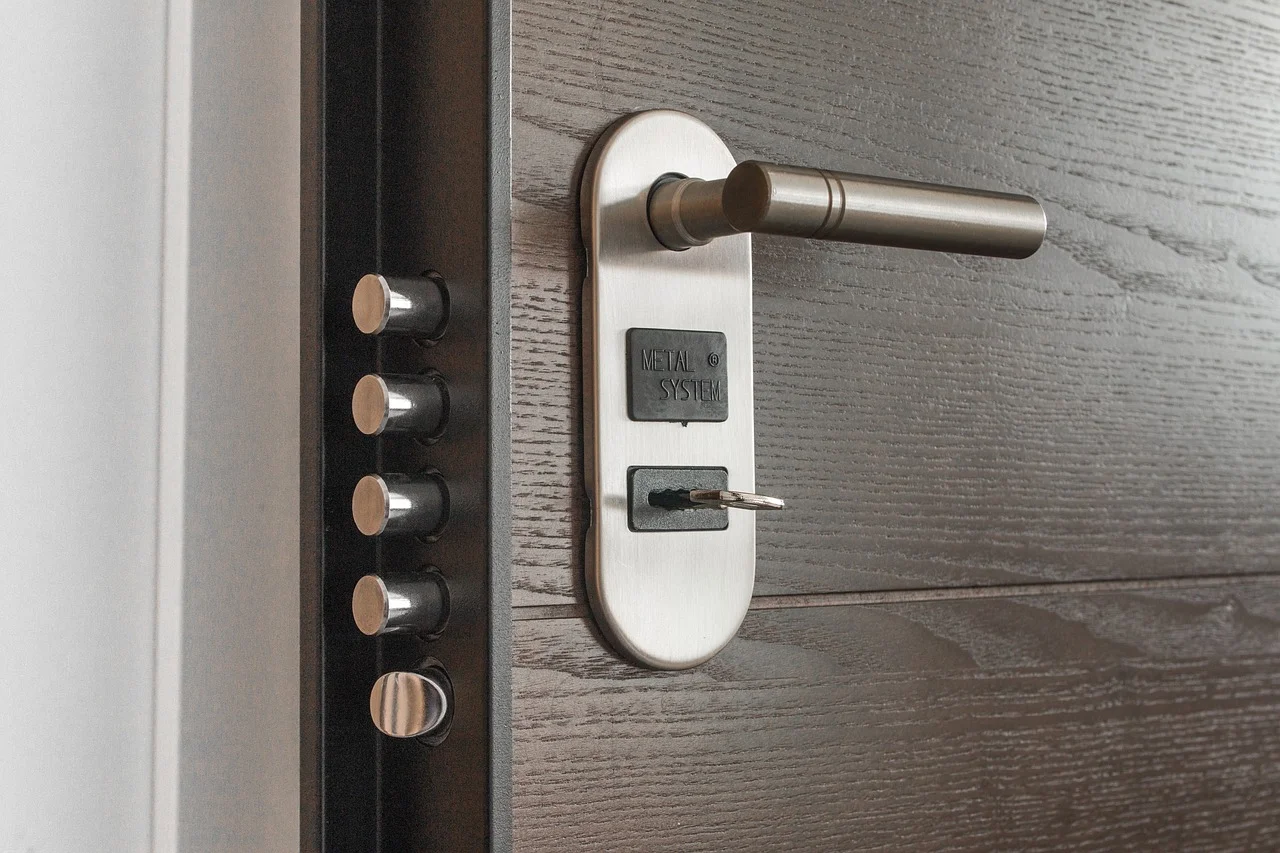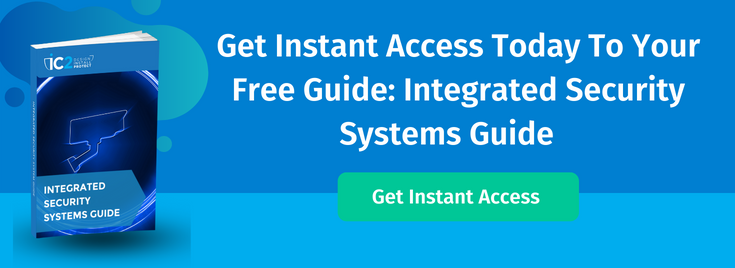
What You Should Know About Door Access Control For Commercial Use
Access control and door entry systems are a crucial aspect of commercial security. Keep reading if you’d like to know more about the benefits of these systems and the latest developments in the field.
What Is a Door Access System?
Door access control systems are door-mounted security devices and their supporting IT infrastructure, whose main purpose of keeping unauthorised personnel out of your premises. The distinctive characteristic of modern door access systems is that they are keyless, since they rely on electronic or digital technology to grant or deny access to a room or building – e.g. through a fob or swipe card, a biometric ‘key’ such as a retinal scan or fingerprint, a keypad and access code, or an app installed on a mobile device.
How Do Door Access Systems Work?
Typically, to install a door access system you need a cloud-based or locally hosted database with access credentials, one or more secure locks, and a control system that communicates with the database to grant or deny access automatically without human input.
In addition, you’ll need to have an entry and exit set up, which may consist of keypads, biometric readers, video / audio intercoms, motion sensors, etc.
The Advantages of Door Access Control Systems
Door access control systems are quickly replacing standard and less secure entry systems due to their multiple benefits.
1) Convenience and Time Savings
Door access systems can help businesses run more efficiently by saving time granting access to authorised personnel. Door access systems can be managed remotely, either from a computer or from a phone. This means that business owners or their security staff don’t have to be present to grant or deny entry.
Moreover, it’s possible to activate or deactivate credentials remotely to give access to new hires, contractors, and temporary employees, or remove privileges to staff who no longer work for you.
2) Supports Health and Hygiene Protocols
As a result of recent infection prevention measures, many businesses have decided to upgrade their entry and exit systems and implement contactless options – to avoid, for instance, the need for people to physically touch a shared keypad or touchscreen. Digital door access systems can support new health and hygiene protocols, since staff and visitors can enter a building using contactless systems (e.g. a phone-installed app or a key card in the person’s pocket) that avoid physical contact.
3) Easily Integrated With Other Security Systems
Modern door access control set-ups can be integrated with other building security systems, such as video surveillance, panic alarms, or glass break sensors. This level of integration makes it easier to monitor and respond to incidents, reinforcing the overall security of your premises.
Biometric Door Access Control Systems: The Latest In Building Security
Biometric access systems are a growing market since businesses are realising that fingerprint access is a far more secure and reliable authentication method. Moreover, biometric access technology is becoming more widely available and affordable and is no longer limited to law enforcement agencies.
Biometric access systems can also improve accountability and traceability in the event a security breach occurs. Unlike PIN codes or proximity cards, biometric data can only be connected to a single user, which facilitates identification should an incident happen.
Ease of use is another advantage of biometric access systems. Users no longer need to remember PIN codes or worry about losing access cards! A simple fingerprint or iris scan is all they need to enter a room or building.
What Next?
As the experts in access control systems in the UK, we’re familiar with the latest door access control systems and can design and install the most secure solution for your premises. Get a free quote or arrange a chat with our specialists today.
Image Source: Pixabay



